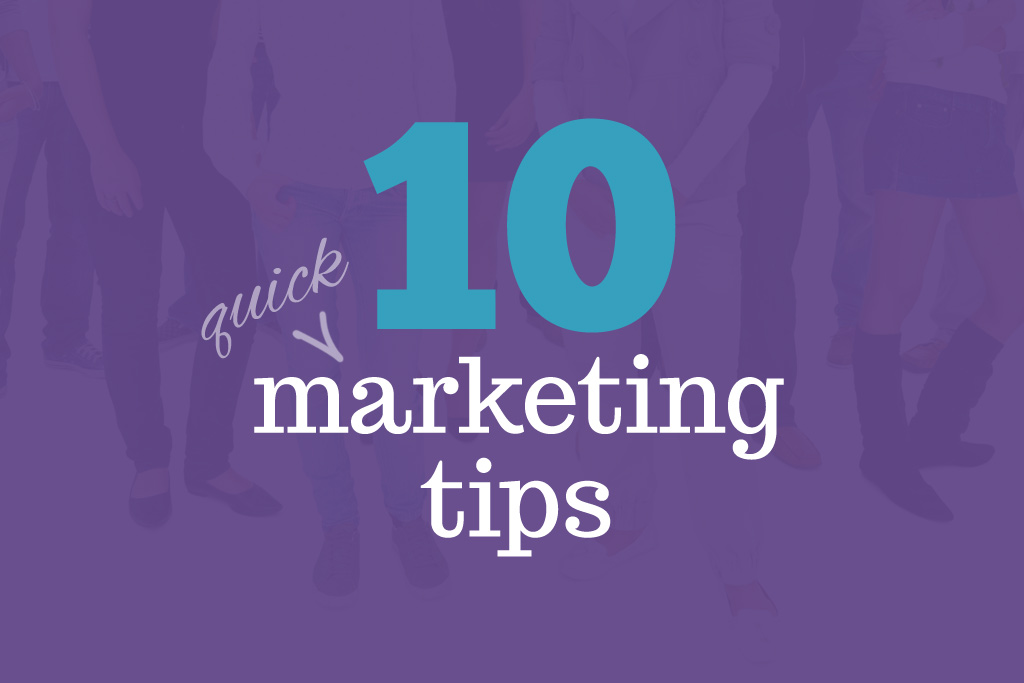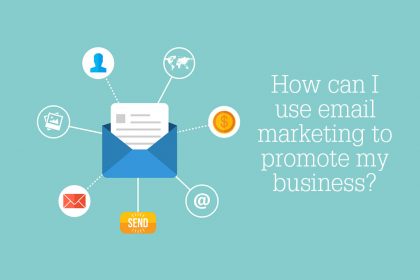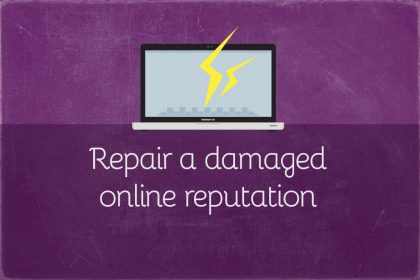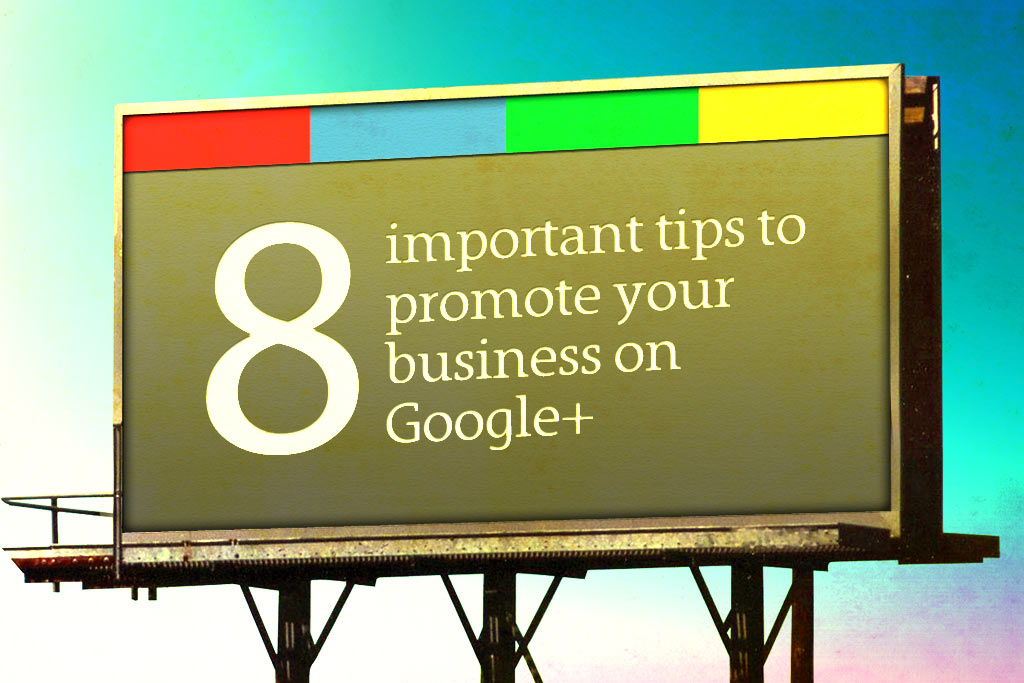How can I identify my target audience?
Your question
I’ve created a new health drink and am working on my marketing strategy, but I’m stuck on identifying my target audience. I am pretty sure my drink will appeal to everyone. Why should I narrow my audience down and how do I do it?
Our answer
In my experience this is a question that lots of new (and established) businesses struggle with. Hardly anything in this world appeals to everyone, and it is really important to get a clearer picture of who your target audience(s) is so that you know who you are trying to reach with your marketing activity.
How do I identify my target audiences?
To identify your target audiences we tend to use a list of characteristics that together will give you a clear customer profile. There’s a list of different criteria that you can use for this on the Refresh Marketing website.
Your customers may fall into two or more distinct groups so don’t feel you have to squeeze everyone into one profile. For instance, a training course may apply to school leavers, but also to mature students. They have some characteristics in common (the desire to learn, their location etc) but also differ in age and possibly motivation.
Isn’t that stereotyping?
By characterising your target customers you are not saying that they are all the same or will behave in the same way, so you are not stereotyping your customers. Your product or service will still be available to people who don’t fit your profiles, but by profiling you are recognising that your product or service is of particular interest to a certain type of person.
For instance, Marks and Spencer’s have different ranges of womenswear aimed at different types of customer – based on their age and their fashion preferences. There’s nothing to say that the Per Una brand is not available to everyone, but their buyers will have a clear profile of the type of woman they are catering for when they put the range together.
Look to your current customers first
If you have any existing or past customers then try to identify some common characteristics between them. What age or gender are they? Do they live locally, regionally, nationally or internationally? How can you summarise them in other words? For instance, a health drink might appeal to gym-goers but also to dieters.
If you don’t come into contact with your customers you may find it hard to do this, so consider sending out a short survey (using for instance Surveymonkey) to find out more about your past customers. In my experience you will need to give an incentive eg a prize draw or discount off their next purchase to encourage people to fill it in.
Then identify new audiences
If your product or business is entirely new then it can be really hard to imagine who it might appeal to, but in this case it is essential that you identify a target group of customers. A better understanding of who you are tailoring your product for will help you create something that your customers really want.
If your health drink has to be consumed fresh, then a local audience will be key as your product won’t stay fresh during shipping. So, now that we have determined that it is a local product, how will you sell the drink (direct to customers, via health food shops, via gyms)?
Depending on your answer you will be able to narrow your target market yet further, and can adapt your product accordingly. For instance gym users might want a health boost but also a post-workout drink.
For a small business or one that’s just starting out it’s best to focus on maximum 3 target audience profiles as any more than that will become unmanageable. Alternatively you can identify your ‘bulls eye’ target customer and supplementary audiences outside that – imagine the rings on a dart board, with your main target customer as the bulls-eye.
Create target profiles
Document your target profiles as you may find that you need to remind yourself of your target market(s) from time to time. This doesn’t need to be a complicated, official document, so you can have some fun with this.
Research your target markets to get an idea of size and further characteristics – for instance, how digitally savvy they are, which social media networks they use, and so on. If you can identify their common behaviours and media choices then it will be much easier to reach them through relevant advertising.
Many organisations give their target customer groups ‘personas’ where they are given a name and descriptions to explain their characteristics and behaviours. This helps to bring the profiles to life and makes the whole process more interesting!
How to use your target profiles
There are three main ways in which you should use your target profiles.
- Product/service – based on your profiles it is time to review your product or service to make sure that you are meeting the needs of your customers. Do you need to revise the pricing, where it is sold, or other features to make it appeal to them more?
- Key messages – different groups of people use language differently, and you may need to tailor the language you are using to promote your product so that it speaks to the target groups better. For instance a person wanting to buy a ‘health foods drink’ may use words such as ‘natural’, ‘fresh’ and ‘organic’ – whereas a gym bunny wanting a ‘healthy drink’ may look for words such as ‘energy’, ‘health’, ‘vitality’. Use the language that will appeal to your target audiences.
- Advertising and promotion – pick the right places to advertise based on where your customers are. There would be little point for instance spending money to advertise in the local press if your customers don’t read it. Most businesses use targeted digital media to reach their audiences – Google Adwords, Social Media etc, due to the lower cost, but don’t underestimate the value of leafleting or peer-to-peer marketing if your product has a local customer base.
Download this target audience cheat sheet to get started, and remember to look for your bulls-eye!
Answered by our marketing agony aunt Roisin Kirby from Refresh Marketing. If you have a question you’d like Roisin to answer, please email her or call her on 07553 012367. You can sign up for free monthly email tips or follow Refresh Marketing on Twitter and Facebook.










